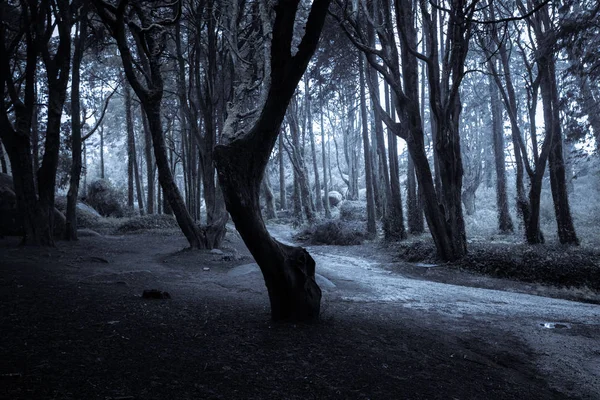

Under his breath, he frantically muttered a prayer. The merchant kept walking, staring straight ahead while the headless men walked by his side. He looked down, and two long horse legs clopped over the ground. When he finally dared to face the shape, he saw a five-metre high man with broad shoulders and no head. It stopped when he stopped, and moved when he moved.

After a while, he became aware of a gigantic dark shape by his side. The merchant got off across the river and continued on foot. The merchant joked that without a head this man would have no teeth to bite him with, and demanded to cross. The oarsman refused to let him cross, saying the headless man was roaming the opposite shore. One night, a merchant was waiting for a ferry. The headless manĪgain, this story takes place by the Maas River. As he moved past them and stepped over the side, the boat never rocked. The first man hid his face in his hands, but the second one saw that the stranger’s face looked like it was spun from cobwebs. The third fisherman stood up, turned, and walked towards them. The two fishermen stared at the surprise visitor, not even moving when they got a bite on their line.Īfter what seemed like ages, the church bells struck one. At the front of the boat, a third fisherman was sitting with his rod cast out, his back towards them. The other man looked and turned ash grey.īut neither of them moved. After a few hours of looking out over the dark waters and catching fish, one of the fishermen looked to the side and got such a shock that he bumped into his friend. Two men from Maastricht went fishing by night, near the Maas River. You’ll know she is near when cold shivers run down your back. Lone wanderers in Zeedijk still encounter the lonely ghost of Helena from time to time. That very night, residents of the Zeedijk were aroused by chilling wails and raging howls. She finally admitted to the murder on her deathbed, and the sailor turned away from her in disgust. She got to marry the sailor instead of Dina, but Helena spent her years wracked with guilt. In a flurry of anger, Helena pushed Dina down the basement stairs, beat her to death, and threw the hatch shut. One day, when he was out sailing, the sisters fought viciously. The Zeedijk GhostĪ tanner’s daughter from Zeedijk named Dina was dating a young sailor, to the envy of her sister Helena. Sometimes the Ossaert is said to be a black beast with huge claws and burning red eyes. Blue Gerrit's description is similar to that of a water spirit called the Ossaert. When the widow’s daughter returned the horse to the lord, he gave her two bags of gold hoping to rid himself of the vengeful spirit. Blue Gerrit jumped on the lord’s back and rode the man, who fled on foot, until morning. His horse would not budge, though, and suddenly Blue Gerrit appeared in a frightening blaze. An old story tells of a widow’s daughter who was about to be kidnapped by a young lord. Walk in the tracks of a cart, and he will push you aside.īlue Gerrit is a tease, but can sometimes save people in need. He is heavy and smelly and wears the travellers down so they are completely exhausted by the time they reach town.

Sometimes, you can see his eyes shine, or a blue light appear in the bushes. Blue Gerritīlue Gerrit is described as an invisible but ape-like spirit or demon who jumps on the shoulders of unsuspecting passers-by who are walking in rural areas. When the peening anvil was thrown it lodged itself firmly into the wood. Some lucky escapees ran through a door and closed it just in time. If you throw a peening anvil, a thin, pointed anvil used to sharpen scythes, into a pit where Witte Wieven reside, they will catch it, chase you down and throw it at you sharp end first. There are stories of them having hidden treasures in caves under burial mounds, stealing babies, dancing in the moonlight as wisps of fog, and luring people to their deaths. Said to be the spirits of medicine women, these pale wraiths have been described as pranksters, elves and helpers. The term translates as "white women", or "devious wise women" in older Dutch. The Witte Wieven are among the more famous classic ghosts in Dutch folklore.


 0 kommentar(er)
0 kommentar(er)
